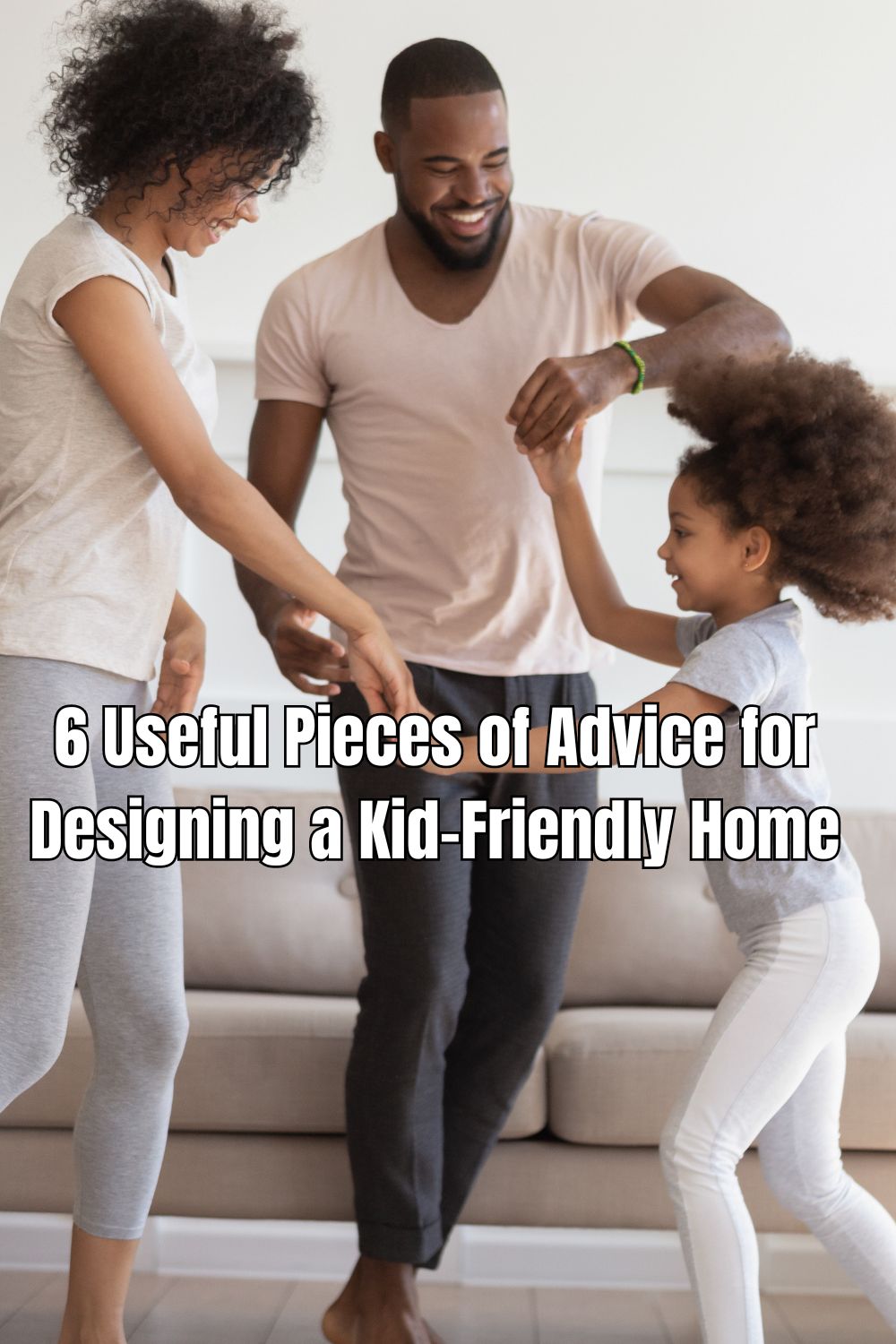Are you looking for some tips on designing a kid-friendly home? Check out 6 useful pieces of advice.
6 Useful Pieces of Advice for Designing a Kid-Friendly Home
Creating a kid-friendly home goes beyond just child-proofing; it involves designing a space that is safe, enjoyable, and stimulating for the youngest members of your family.
Recent statistics reveal that a significant number of children continue to sustain injuries from furniture tip-overs, with nearly 18,000 related emergency room visits reported in 2022 alone. This underscores the critical need for thoughtful home design that prioritizes child safety without compromising on style.
This blog post explores practical strategies to help parents, designers, and home builders construct homes that cater to the needs of young families. Let’s delve into some essential features that can make your home a haven for both play and safety.
Insightful Design Strategies From Model Homes
When designing a home for families with children, safety is the top priority. Before making any decisions on layout or materials, it’s beneficial to visit model homes to observe how home builders prioritize child safety in their designs.
These model homes often feature rounded furniture corners, secure heavy items to walls, and include appliances with child locks. Observing these features in model homes can provide practical and stylish examples of how safety can seamlessly integrate into beautiful living spaces.
This approach not only ensures a safer space for kids to explore but also helps parents relax, knowing their home environment mitigates potential risks. By drawing inspiration from these model homes, families can implement effective design strategies that prioritize the well-being of children while maintaining aesthetic appeal.
Durable Materials and Finishes
Selecting appropriate materials significantly influences the functionality and appearance of a home suited for families. Surfaces and furnishings that resist the daily wear and tear of child activities are crucial.
Robust options such as laminate flooring, washable paint, and stain-resistant fabrics stand out as optimal choices. Opting for countertops with smoothed edges and cabinets equipped with soft-close mechanisms improves safety and prolongs the durability of these elements.
These decisions can help retain the home’s visual appeal and extend its usability, ensuring the space remains inviting and well-maintained despite frequent encounters with spills, drawings, and wear.
Storage Solutions for a Clutter-Free Space
Effective storage solutions are a cornerstone of kid-friendly home design. Ample and accessible storage helps maintain order and safety, keeping toys, books, and other items neatly organized and off the floor. You can also keep loved ones safe from harsh chemicals you might have laying around the house, consider safety storage cabinets.
Built-in cabinets, under-bed storage, and multi-functional furniture pieces like ottomans with hidden compartments can dramatically reduce clutter. Custom shelving that children can reach promotes independence by allowing them to pick and store their toys. By integrating thoughtful storage solutions into each room, homes can remain tidy and functional, making daily clean-up quicker and more efficient.
Creating Fun and Engaging Play Areas
Designated play zones foster creativity and active engagement, seamlessly integrating into the home’s overall design without disrupting its visual harmony. Crafting areas that captivate and stimulate children often involves the use of bright colors, varied textures, and elements that invite interaction.
Including educational tools like maps, globes, and interactive learning stations within these spaces amplifies their educational potential, enriching the play experience. Incorporating ideas from model homes, such as integrated wall chalkboards, indoor swings, or climbing walls, can transform ordinary rooms into imaginative playgrounds where children can learn, grow, and play in safety.
Kid-Friendly Bathrooms
Designing bathrooms with children in mind involves more than just lowering towel hooks. It includes installing non-slip flooring, using thermostatic shower controls to prevent scalding, and incorporating plenty of storage for bath toys and products.
Waterproof bath mats and shower curtains with fun designs can make the bathroom more appealing and safer for kids. Thoughtful touches like colorful step stools, under-sink steps that pull out, and lower sink heights empower children to learn personal care routines independently, fostering a sense of achievement and self-confidence.
Flexible Living Spaces
Homes that adapt to the changing needs of a growing family provide long-term value. Multi-purpose rooms that can serve as guest rooms, study areas, or playrooms as your family evolves are particularly effective. Using modular furniture and adjustable shelving can help the space evolve with minimal adjustments.
Furniture that adapts or can be modified to meet the evolving needs of growing children, such as convertible cribs that transition into toddler beds, ensures the home adapts alongside your family’s changing requirements, minimizing the frequency of comprehensive redesigns or extensive renovations.
Conclusion
Designing a home with children in mind represents a significant commitment to ensuring both their security and joy. Integrating versatile, functional, and attractive features into your home’s design enables you to craft an environment that meets the evolving needs of family life.
Exploring model homes offers both the inspiration and practical solutions necessary to enhance your living space, making it more pleasurable and secure for all family members. Remember, the goal is to build a living space where memories are made safely and joyously.


Leave A Reply!